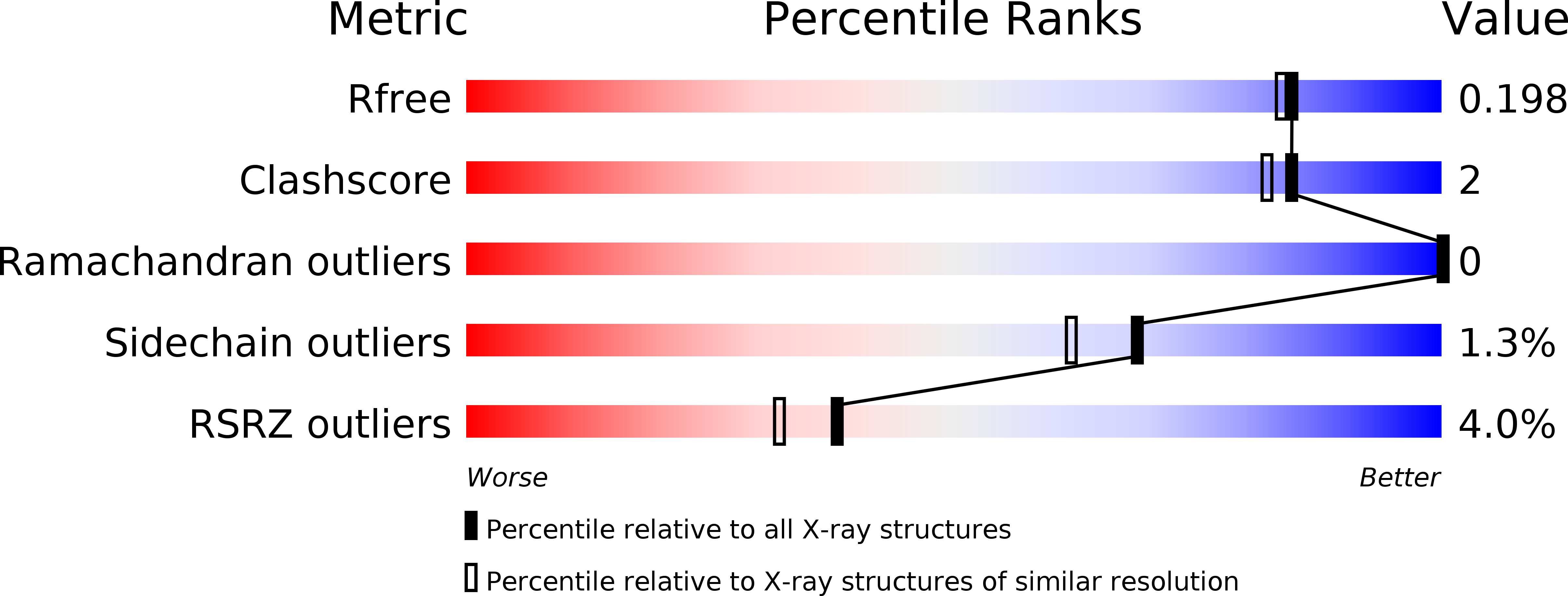
Deposition Date
2013-05-17
Release Date
2013-08-21
Last Version Date
2024-11-20
Method Details:
Experimental Method:
Resolution:
1.80 Å
R-Value Free:
0.18
R-Value Work:
0.16
R-Value Observed:
0.16
Space Group:
P 32 2 1


